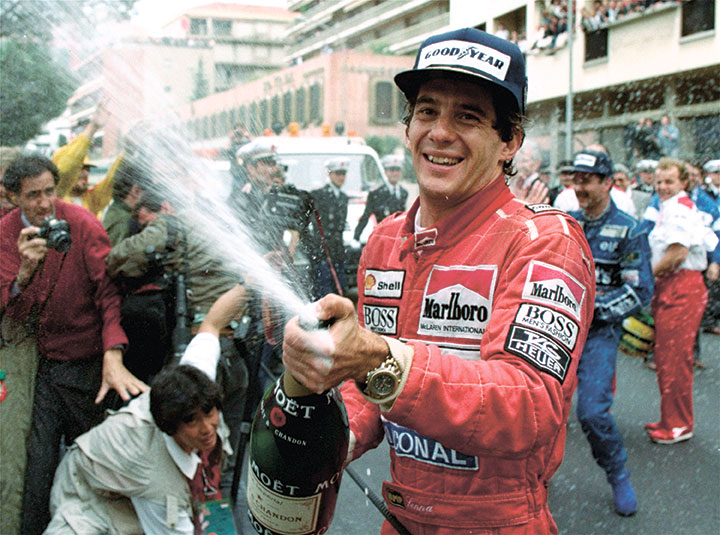F1 should learn from Indycar racing
 Atty. Jerome G. Neri
Atty. Jerome G. Neri
The Scrutineer
MAY 1 marked the 20th anniversary of the darkest day in Formula 1: the 1994 San Marino Grand Prix, third race of the 1994 Formula 1 calendar.
During qualifying, Austrian driver Roland Ratzenberger got killed after losing control of his car and hitting a concrete barrier at high speed. On race day, May 1, 1994, a day I will never forget, three-time world champion Ayrton Senna lost control of his car at the Tamburello corner and crashed into the barrier of the run-off area, killing him.
We lost two drivers in one race weekend, one of whom was the most popular and one of the greatest drivers F1 has ever seen, Senna. These deaths brought about changes in Formula 1 regulations with safety as an emphasis.

A modern Formula1 car has so much driver protection and must pass crash tests, and all the Formula 1 circuits have very good run-off areas and safety barriers. Formula 1 has not had a death since Ratzenberger and Senna.
Senna’s Formula 1 career began in 1984, a time when racing was dangerous and sex was safe. Today it is the other way around. This was when F1 cars had over 1,000 horsepower; today’s Formula 1 cars have 600 horsepower due to engine regulations.
The 1985 Monaco Grand Prix marked the arrival of Senna as an upcoming legend in Formula 1. This was a race in appalling conditions with very heavy rain. Senna at that time was driving an uncompetitive Lotus, and he was moving up the field at five seconds a lap faster than everyone else.
Race leader Alain Prost in a Mclaren kept on signaling to the marshals to stop the race as the conditions were getting worse and other drivers were spinning out. The race eventually was stopped prematurely with Prost winning it and Senna coming in second. Had the race been stopped a lap later, Senna would have won.
In 1988, Senna joined Mclaren. This was the beginning of his fierce rivalry with Prost, the rivalry which made him the Formula 1 legend that he is. He was so good at racing that he soon became the most popular sportsperson of his era in his home country, Brazil. Twenty years on, Senna is still as popular as ever, with so many people paying tribute to him on his death anniversary. He is not only a racing legend, but one of the greatest sports personalities ever.
Formula 1 looks to be headed into a crisis, and this is because the regulations are going the wrong way. The costs of racing in Formula 1 are going up, making it impossible for the poorer teams to compete with the richer teams. A lot of the speed in a Formula 1 car is through aerodynamic efficiency that all the front running teams have a state-of-the-art wind tunnel running 24/7 with the best aerodynamic engineers just to find every single bit of aerodynamic advantage.
It will be very difficult and very expensive for new teams to catch up with the established teams, and in Formula 1, if success does not come, the team eventually runs out of money. Proof of this are the struggles of Marrusia and Caterham. Both of these teams joined in 2010, and despite the all-new regulation changes, they are still slow and nowhere near the front of the field.
Huge amounts of money are spent on aerodynamic research, which has no relevance to roadcar technology. This could be a reason why a lot of car manufactures have pulled out of the sport. Only Mercedes and Ferrari are the manufacturers left. Renault is just an engine supplier, and Honda is coming back as an engine supplier.
Meanwhile, in America, we see a resurgence of Indycar racing. Indycar was in decline after the series was split into two factions in the mid-90s.
Now that they are united again, it is growing and its fanbase is coming back. What is interesting with Indycar is the regulations are designed in such a way that costs are reasonable. The chassis comes from one manufacturer, therefore the aerodynamics are the same for everyone. What is different between the teams are the engines. So far, there are two engine suppliers — Chevy and Honda. Cosworth is interested in joining next year.
The FIA should learn from Indycar and pattern Formula 1 in a similar way. I believe that if aerodynamics were standardized in Formula 1, we will get better racing, and the field will be much closer to each other.



